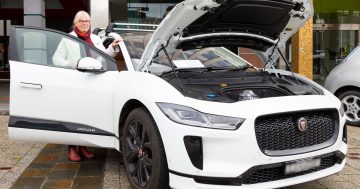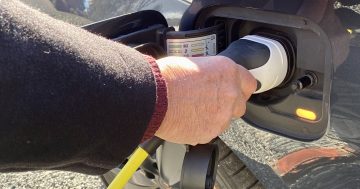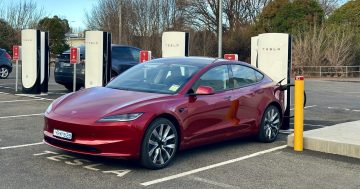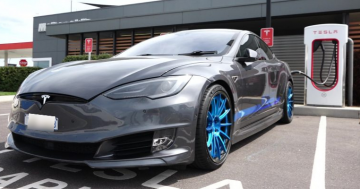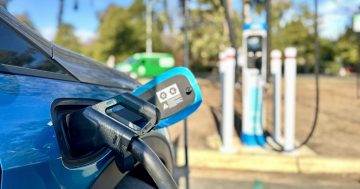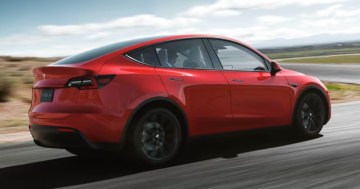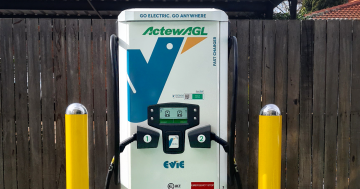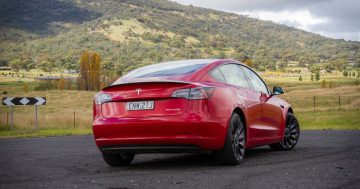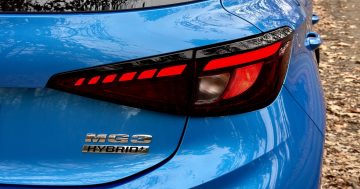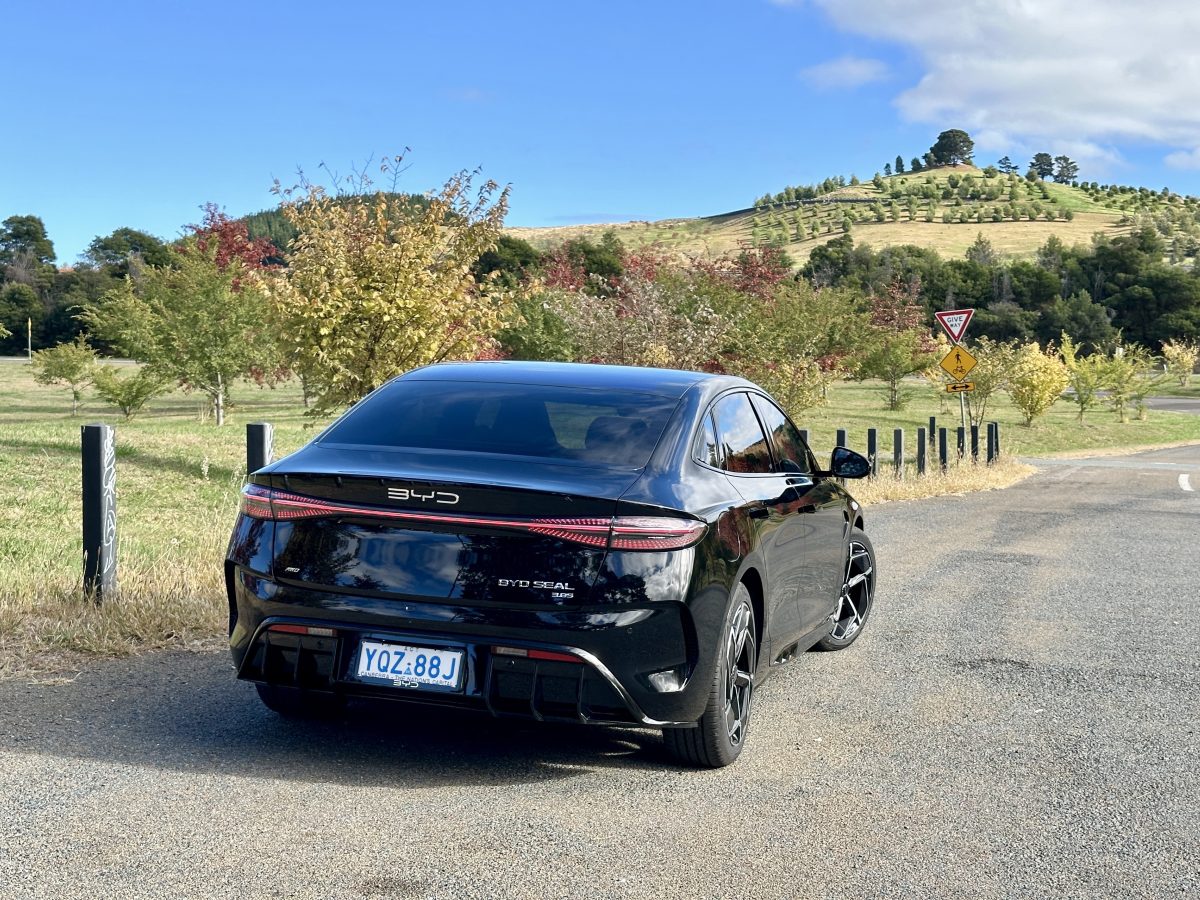
The 2024 BYD Seal Performance AWD from China. EVs will only become more efficient, diverse and affordable as the transition gathers pace. Photo: James Coleman.
For some, they are just a way to get from point A to point B, but motor vehicles are much more than that.
If there was one consumer item that defined how we live, work, love and play, it would have to be the car.
Everybody remembers, usually with affection, their first (car, that is). Even if it was a bomb, that first car represented freedom, the ability to travel far beyond the limited geography of previous years.
It was also another private space beyond the family home or the bedroom to take refuge in, extra special because it was mobile.
My first car was a Toyota Corolla that ran on the smell of an oily rag but needed the radiator filled every couple of hundred k’s or so. It went to from Brisbane to Sydney and back before I had the head or something like that replaced.
I sold it for $300 after it got banged up – all my own fault.
It also had manual transmission, which I’m told only real drivers use. But it didn’t take me long to realise that auto was the way to go.
Change can be easy sometimes, but some find it hard to let go. Even the move to unleaded fuel had its opponents.
Now we’re facing another change, and one far more monumental than before.
For some, the switch to electric power will tear the heart and soul out of motoring. Without oil, petrol and the roar of an engine, the road is somehow less inviting. But that’s a bit like how steam can enhance the romance of rail, yet we wouldn’t tolerate the cinders and smoke all the time.
Others embrace the quiet, clean power of the EV and see its potential as the technology develops even further.
The range anxiety is understandable. With a fully established network of service stations, the internal combustion engine may be dirty but reliable.
And in a country like Australia, with its long distances between cities and towns, the thought of your car dying in the middle of nowhere can be terrifying.
Yet, most Australians live in cities and do most, if not all, of their driving within a limited range, meaning they can charge at home.
For the open road, batteries are getting more efficient and the charging station network is being developed but needs to be accelerated. Hopefully, the arrival of new EV models as a result of the new vehicle efficiency standard will help drive this further, as well as increasing the number of models and bring prices down.
In fact, highway service centres should by now all have to provide a charging capacity that can grow as the number of EVs increases.
Sales figures show a steady uptake of EVs despite the negative headlines and social media mischief fed by a combination of industry resistance, genuine apprehension and, unfortunately, a degree of politically motivated culture war.
This is an industry in transition.
Today’s EVs are not perfect (and were ICE vehicles ever that?), which is why, for some, the hybrid will be the bridge to going fully electric.
There are issues to sort out, but the change is happening, in spite of headlines such as half of all EV drivers would go back to an ICE, or that sales are stalling, or how many social media pictures of EV fires there are.
EV technology will advance, batteries will evolve, and models will become more diverse and affordable as economies of scale increase.
We need to decarbonise transport as part of the overall bid to reduce greenhouse gas emissions to mitigate global warming. That should be a given.
The chariot was constantly changing throughout history. This change is just more important than any before.












